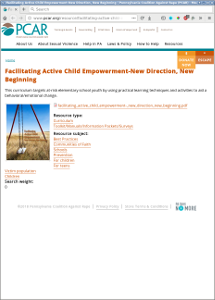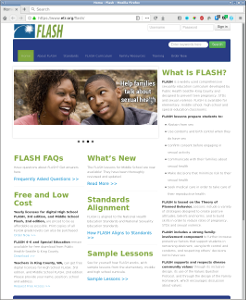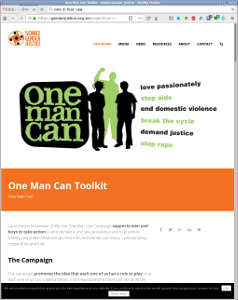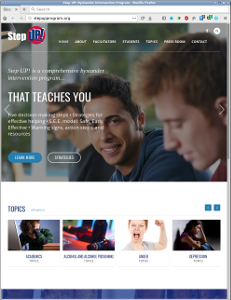The intent of these presentations is to provide a starting place or a template for your program when responding to requests, typically from schools, for basic information or awareness raising presentations. We have included the key points and best practice approaches to discussing the topic and expect you may customize some aspects of the slides to meet your community’…



